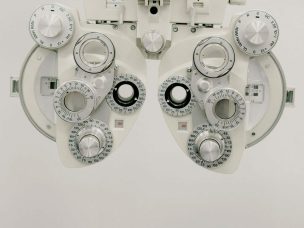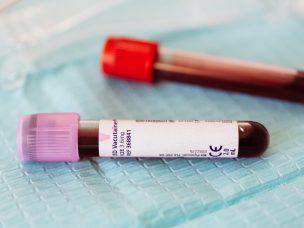Neuromyelitis Optica Spectrum Disorder
COVID-19 Vaccines and NMOSD and MS Risk
COVID-19 may alter NMOSD and MS risk and appears to be related to genetic susceptibility, a systemic review indicates. Multiple sclerosis (MS) is a common central nervous system (CNS) condition with axonal damage, and its pathogenesis is unclear, though much is known about its risk factors. On the other hand, neuromyelitis optica spectrum disorder (NMOSD) is...
Understanding Double-Negative Neuromyelitis Optica Spectrum Disorders
Double-negative neuromyelitis optica spectrum disorder is a syndrome that differs from aquaporin-4 antibody-positive neuromyelitis optica spectrum disorder. It may cause both monophasic and relapsing conditions. However, it does cause severe disability. There is a need for more research to understand the unique treatment requirements of double-negative neuromyelitis optica spectrum disorder patients. Neuromyelitis optica spectrum disorder...
Differentiating AQP4-NMOSD from RRMS and MOGAD With Imaging
A prospective study shows that it is possible to differentiate between relapsing–remitting multiple sclerosis and aquaporin-4 antibody-positive neuromyelitis optica spectrum disorder with high accuracy using MRI imaging. However, differentiating between neuromyelitis optica spectrum disorder and myelin oligodendrocyte glycoprotein antibody-associated disease using imaging methods is relatively challenging. There is a lot of overlap between clinical and...
Disease Patterns Across Different Age Groups and Genders in NMOSD
Before immunosuppressive therapy, an increased relapse risk in neuromyelitis optica spectrum disorder was associated with onset age in women, whereas after treatment, predicted relapse risk had a U-shaped correlation with onset age in women in a single-center retrospective review. Neuromyelitis optica spectrum disorder (NMOSD) is an autoimmune condition that involves damage to the central nervous...
Plasma Exchange for Acute Attacks of Neuromyelitis Optica Spectrum Disorders
The early administration of plasma exchange for the first-line management of acute attacks of neuromyelitis optica spectrum disorders led to better clinical management compared to standard therapy in a retrospective study. Neuromyelitis optica spectrum disorder (NMOSD) is an autoimmune condition that is characterized by the demyelination of the central nervous system. Patients with NMOSD develop...
Disability Milestones and Annualized Relapse Rates in NMOSD and MOGAD
Neuromyelitis optica spectrum disorder and myelin oligodendrocyte glycoprotein-antibody-associated disease have distinct progressions of disability, with the latter being associated with a less severe clinical course of the disease, according to the results of a combined retrospective and prospective study. Neuromyelitis optica spectrum disorder (NMOSD) and myelin oligodendrocyte glycoprotein antibody-associated disease (MOGAD) are autoimmune conditions that...
Type B Insulin Resistance With Eculizumab in AQP4-IgG+ NMOSD
A recent case study recommends that type B insulin resistance should be one of the differential diagnoses in patients with aquaporin-4 immunoglobulin G-positive neuromyelitis optica spectrum disorder presenting with altered glucose metabolism, regardless of the presence of systemic lupus erythematosus. Neuromyelitis optica spectrum disorder (NMOSD) is a rare autoimmune condition that is characterized by optic...
Association of AQP4-IgG+ NMOSD With Plasma sPD-1 and sPD-L1 Levels
A recent cohort study found that plasma levels of sPD-1 and sPD-L1 were correlated with the severity and activity of the disease and also had an important role in predicting future relapses in AQP4-IgG+ NMOSD, which may help guide prompt and targeted therapy. Neuromyelitis optica spectrum disorder (NMOSD) is described as an autoimmune disorder associated...
AQP4 Seropositive Versus Double Seronegative Neuromyelitis Optica Spectrum Disorder
A recent retrospective study found that serum biomarkers, including glial fibrillary acidic protein, tau, and ubiquitin C-terminal hydrolase L1, distinguish between double seronegative and aquaporin-4 antibody-positive neuromyelitis optica spectrum disorder, which is indicative of the heterogeneous nature of the former condition. Neuromyelitis optica spectrum disorder (NMOSD) is characterized by recurrent optic neuritis with or without...
More Medical News














